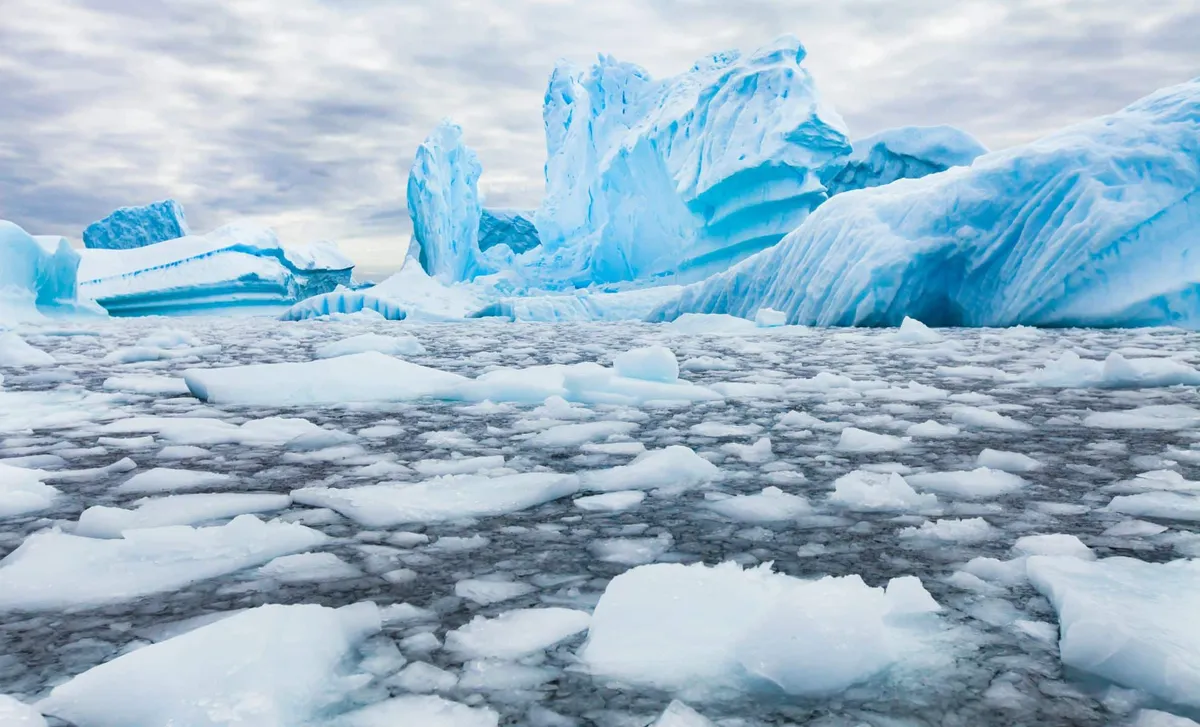
For decades, the Antarctic Ice Sheet (AIS) has been a crucial factor in the global sea-level rise crisis, with its mass steadily declining over the years. This alarming trend has accelerated particularly in the last decade, as regions in West Antarctica and parts of East Antarctica have been losing ice at unprecedented rates. However, between 2021 and 2023, the AIS experienced an unexpected and remarkable reversal, gaining mass for the first time in decades, primarily due to anomalous precipitation.
Data collected from the GRACE (Gravity Recovery and Climate Experiment) and its successor, GRACE-FO, have provided crucial insights into the changes in the AIS's mass. For years, the general trend indicated a consistent loss of ice, exacerbating rising sea levels. Between 2002 and 2010, the AIS lost mass at a rate of approximately 73.79 Gt/year, a figure that alarmingly doubled to 142.06 Gt/year during the period from 2011 to 2020. This intensified loss was particularly concentrated in West Antarctica and the Wilkes Land-Queen Mary Land (WL-QML) region of East Antarctica. In a surprising turn of events, between 2021 and 2023, the ice sheet recorded a net mass gain of 107.79 Gt/year.
During this three-year period, East Antarctica experienced notable changes in key glacier basins. Four glaciers in the WL-QML region—Totten, Moscow, Denman, and Vincennes Bay—had faced increased mass loss from 2011 to 2020 due to a combination of factors including significant reductions in surface mass and increased ice discharge. However, according to recent studies, these glaciers have reversed their mass loss patterns and begun to show significant gains between 2021 and 2023. This shift is part of a broader trend that challenges the long-standing narrative of consistent mass loss in the region.
The mass changes of the AIS have profound implications for global sea levels. From 2002 to 2010, the AIS contributed 0.20 mm/year to global sea-level rise. This contribution nearly doubled during the 2011 to 2020 period, reaching 0.39 mm/year. However, between 2021 and 2023, the AIS made a negative contribution to sea-level rise, offsetting global levels by 0.30 mm/year. This unusual trend is largely attributed to the increased precipitation that led to the ice sheet's mass gain during these years.
Despite the recent gain in mass, the future stability of the AIS remains a significant concern. The four key glacier basins in the WL-QML region—Totten, Moscow, Denman, and Vincennes Bay—are considered some of the most vulnerable in Antarctica. If these glaciers were to completely disintegrate, it could result in a rise in global sea levels of more than 7 meters. The ongoing mass loss in these regions serves as a critical warning signal, as their disintegration could have catastrophic effects on coastal communities worldwide. Researchers are closely monitoring these areas for signs of further instability.
Recent data from the GRACE mission offers a comprehensive overview of the AIS's mass changes from 2002 to 2023, illustrating both its historical losses and recent gains. The unexpected shift from mass loss to mass gain provides a new dimension to our understanding of Antarctic dynamics, highlighting the complex interplay of factors influencing the ice sheet and its global implications.